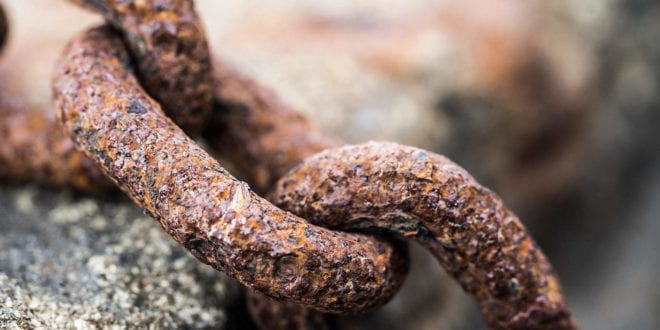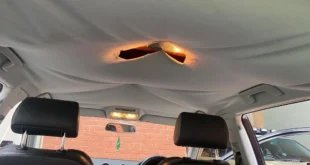Corrodes, not a good thing for a car owner to find on their prized vehicle. Rust is that flaky reddish or yellowish-brown coating of iron oxide that appears on steel or iron. It is a reaction of the metal and oxygen, combined with moisture present in the air or water in contact with the metal.
It damages the finish of a car by acting as a corrosive, and it detracts from the car’s appearance. It can also cause the disintegration of the car’s surface, leading to deeper structural issues down the line. When bare metal is exposed due to a scratch, scrape or dent, the rust can quickly spread as the oxidation of the metal increases.
It occurs naturally as a car ages, including situations where:
- Cars are continually wet or continuously left out in the elements.
- There is exposure to salt in the air in coastal regions or road salt in the snowy areas.
- Accidents occur, resulting in metal scrapes, cuts, and dents.
- There is neglect, meaning failure to protect the surface of a car.
Here are our five best ways to get rid of it on metal.
Manually Remove Corrode
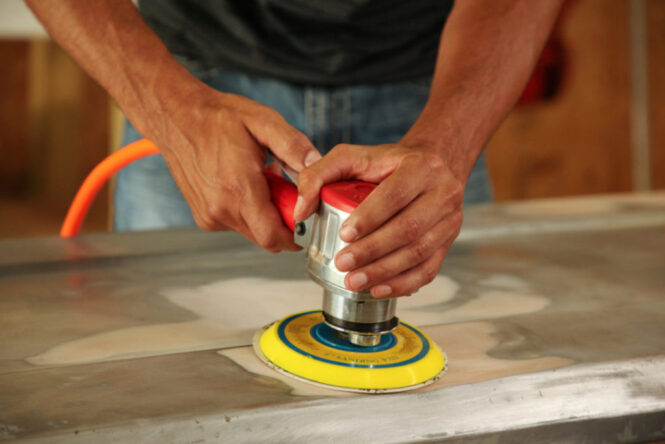
One way to remove rust is to use some sandpaper, a sanding sponge, or some abrasive grit along with good old fashioned “elbow grease.” The Housing Forum shows some practical steps to follow for this are:
1. Assess the degree of tarnish damage to see how light or aggressive the sanding operation will need to be. Being overly aggressive, or naturally not careful, may result in more significant damage. If the metal is deeply rusted, all the way through, it may require patching or even metal replacement.
2. Wash the area and the surrounding area using soap, water, and a sponge to remove dirt or debris and to define the area needing removal. When done, rinse and dry the area.
3. Tape the area surrounding the tarnish to protect it. Use painter’s tape so it can be removed easily and without damage, along with plastic covering, if needed.
4. You will then need to scrape away any blistered paint and oxidized chunks using a metal or plastic scraper.
5. Use 40-grit sandpaper, or it’s equivalent to remove rough corrode, moving the sandpaper from side-to-side until all of it is removed. Then do a more excellent sanding using 120-grit sandpaper or a grit paste to “feather” the edges of the spot, sanding in smaller circles to create a flat and even surface.
6. Apply a liquid inhibitor to the surface to prevent new rust from developing.
Chemically Remove Corrode
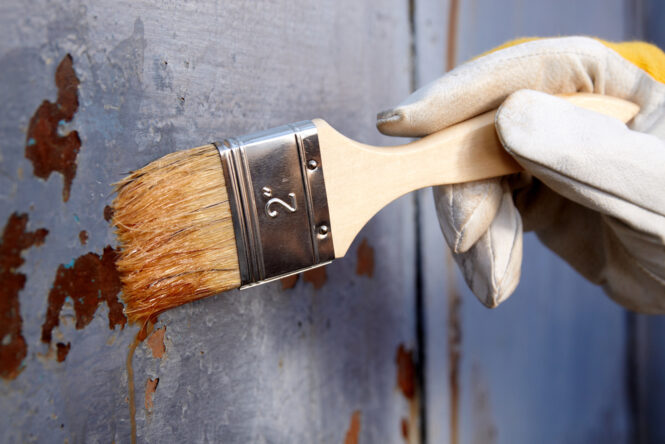
A more straightforward and less messy approach to removing rust is to use Magica rust remover. Spray Magica on the rust spot. The powerful chemical will target and remove the iron oxide, thus preserving metal that has not destroyed.
It operates by turning rusty spots into salts, that can then be rinsed away safely. It removes rust from all metal automotive surfaces, including vehicle rim wheels. It is safe and effective for cleaning other automotive surfaces, including aluminum, plastic, rubber, and vinyl surfaces. Magica also removes stains from nearly any surface, including carpets, clothing, kitchen knives, tools, and many more.
Vinegar and Salt Method
As shown by hunker, vinegar and salt make an excellent solution to remove tarnish. Vinegar is a mild acid usually used for food preparation, and its acidity is strengthened with the addition of salt. That is a gentler option for removing rust.
Start by filling a plastic or glass container with a half-gallon of distilled white vinegar and a half cup of salt. Then thoroughly coat, drench or soak the rusty spot with the liquid. Keep the area coated with the vinegar and salt mixture until you see that it is becoming loosened.
You can also soak towels in the vinegar and salt solution and place them on the metal to soak. Scrub the loose corrode off using a scouring pad, steel wool, or even aluminum foil, then neutralize the liquid on the spot with a mixture of a half-gallon of water and a half cup of baking soda. Now, scrub the place again to remove any remaining rust, then dry the spot using some denatured alcohol. From here, you can rub the metal with light machine oil to prevent it from rusting again.
Citric Acid Method
Home-Dzine shows that citric acid is another easy, safe, and non-abrasive way to remove it from automotive surfaces. It is also very inexpensive. Components of this method include citric acid powder, a container of hot water, something to scrub with such as a scouring pad, steel brush or steel wool, and rubber gloves.
Start by cleaning corroded areas. WD-40 is a sufficient grime and grease remover. Wet the tarnished area with the citric acid water and then soak it until the rust is loosened. Use about one-half cup of citric acid per gallon of water, stirred until the citric acid is dissolved.
Use this mixture to scrub the spot, removing all visible tarnish. This process may need to be repeated if it is extensive and stubborn. To finish, wash off the areas where the citric acid was used, then dry the surface. You will want to apply a good coating of 3-in-1 oil after drying the surface to prevent further rust. Finally, for disposal, you can dump the citric acid down the drain and rinse the container.
Coca-Cola Method
A trick used for years by mechanics, Carhop shows how Coca-Cola may be used for rust removal. It has three components that enable it to work better in removing rust. First, it is a carbonated product which allows the beverage to dissolve metal oxides and break up the sitting tarnish. Second, it contains phosphoric acid to give it some dominant corrode removal power. And, third, the citric acid in the formula further enables stain removal.
Apply the Coca-Cola, which is better used when flat to avoid fizzing and blowing up all over you. Diet Coke is less sticky, making it even easier to use. Soak the oxidized area, then use an abrasive sponge, steel wool, or aluminum foil to remove the corroded spots. Completely clean the area with soap and water and let it dry. Finally, treat the dried-off area with light machine oil to prevent further damage.
Applying the Finishing Touch
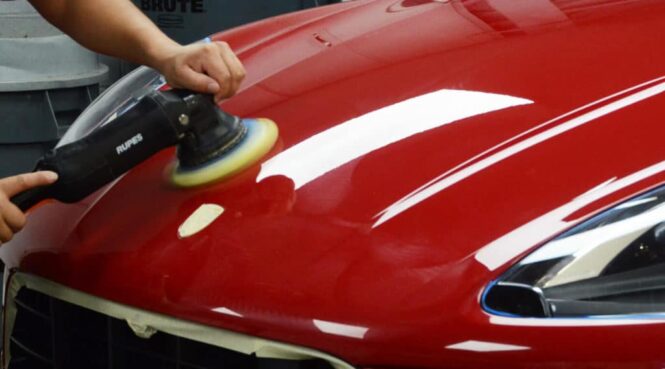
Make the removal job complete by painting the area, if necessary, and using a light protecting oil. You will also want to:
- Inspect the vehicle regularly for corroded spots.
- Keep the car’s surfaces clean and out of the elements.
- Apply anti-rust products.
- Wax the car often.
 Imagup General Magazine 2024
Imagup General Magazine 2024
